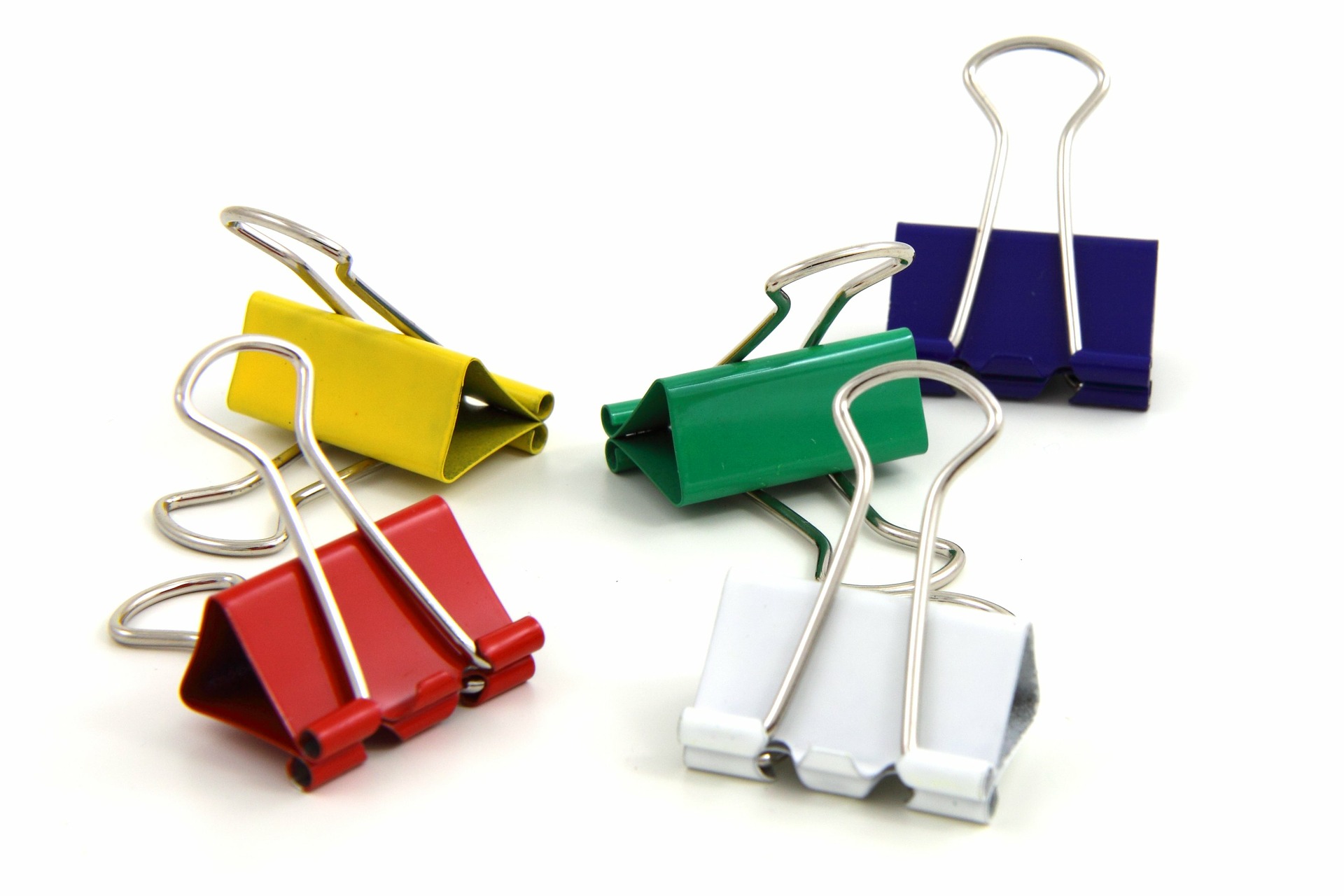40 years after it was introduced VAT is no longer the simple tax it was intended to be. It’s become highly complex and  hasn’t kept pace with changes in society.
hasn’t kept pace with changes in society.
The OTS’ core recommendations include:
- that the government should examine the current approach to the level and design of the VAT registration threshold, with a view to setting out a future direction of travel for the threshold, including consideration of the potential benefits of a smoothing mechanism
- that HMRC should maintain a programme for further improving the clarity of its guidance and its responsiveness to requests for rulings in areas of uncertainty
- that HM Treasury and HMRC should undertake a comprehensive review of the reduced rate, zero-rate and exemption schedules, working with the support of the OTS
The most significant issue identified in the report is the VAT registration threshold – the turnover level above which a business must enter the VAT system and charge VAT on its sales. At £85,000 the UK has one of the highest levels in the world. The average across Europe is nearer to £20,000.
If this proposal was implemented then over a million small businesses could be affected and have to pay VAT.
By enabling many small businesses to stay out of the VAT system the high threshold is a form of simplification, but it’s an expensive relief, costing around £2bn per annum, and evidence strongly suggests that many growing businesses are discouraged from expanding beyond this point. The report looks at options for reducing the current ‘cliff edge’ effect resulting in a very visible bunching of businesses just before the VAT threshold, and an equally large drop off in the number of businesses with turnovers just above the threshold. Also examined are the advantages and disadvantages of lowering or increasing the threshold.
VAT has many ‘quirks’. For example, it is well known that a Jaffa cake is a cake (zero-rated) rather than a chocolate-covered biscuit (taxed at 20%). Less well known is that while children’s clothes are zero-rated, including many items made from fur skin, items made from Tibetan goat skin are standard-rated. And a gingerbread man with chocolate eyes is zero-rated but if it has chocolate trousers it would be standard rated. VAT zero rates cost over £45bn per annum to maintain. EU law limits options to make changes in this area but there is a longer-term opportunity to significantly improve the efficiency, simplicity and fairness of the UK VAT system.
The report also makes recommendations for improving the day to day administration of the tax, including better and more accessible guidance and a less uncertain penalty system. This would particularly benefit small businesses considers specific areas of technical difficulty, including the partial exemption regime, the capital goods scheme, the option to tax and other special schemes.
You can read a copy of the OTS report here. Whilst it may be some time before a UK government chooses to implement any of the OTS recommendations it’s worth keeping on the right side of VAT rules. Our experts can advise on many aspects of the current regulations as they affect your business. Why not get in touch today to discuss how we can work together.
